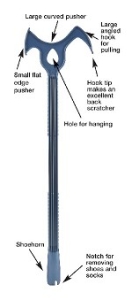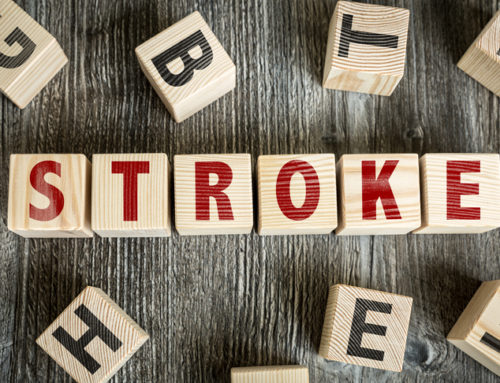In our last post, we discussed some of the more common long term problems after a stroke. Below are more common issues that you may experience. The good news is that most of these problems can be dealt with over time – with the help of your medical professionals and more time for healing.
- Emotional Problems – If part of the brain that controls your emotions becomes damaged, you might have some changes in how you think, feel and behave. Do not be surprised if you feel depressed, anxious, angry or bewildered. Remember – you are not alone! These feelings are normal after a stroke. You also could feel depressed, emotional, anxious, or even experience some change in personality.
Solutions – For being emotional, try to talk openly about what you are going through, such as a psychologist. For personality changes, try to accept what people say about how you are acting, and try to change the behavior with the help of a counselor. For anger issues, this is normal after a stroke, and should become less over time. If it does not, you should talk to your doctor about therapies.
- Fatigue – This is one of the most commonly reported problems after stroke. You may feel very tired, and this makes you feel unwell and out of control. Note that post-stroke fatigue does not always get better with sleep, and it is not always related to activity. So in these ways, it is not like typical tiredness. You can have a relatively mild form of tiredness to something more severe.
Solutions – There are n o drugs to treat this tiredness, but you should get a diagnosis from your doctor about the problem. See if there are any specific causes of the fatigue. Your doctor can check if there is any specific medical condition causing the problem. Your medications also could be causing the issue.
- Visual Problems – Problems with vision are common after a stroke. Many of them will resolve on their own as your brain recovers. But there are some cases where the vision problem does not resolve on its own. Some of the more common vision problems include central vision loss, visual field loss, eye movement problems and visual processing problems.
Solutions – there are some exercises that can improve how your eyes move, especially when you have trouble moving your eyes when objects are close to your face. Prisms can be used to join double vision, or to displace vision if you cannot look to one side. A patch also can be worn to deal with double vision.
The Dressing Stick and Shoehorn will make dressing easier for the stroke patient.
One way to speed your recovery is to get back to living as independently as possible. Our extensive collection of stroke supplies can help! For example, the Dressing Stick and Shoehorn is a great multi-purpose tool to help you to remove clothes and shoes. It also can be used to push and pull drawers, doors and other related items. Our Button Aid and Zipper Pull makes dealing with zippers and buttons so much easier.



